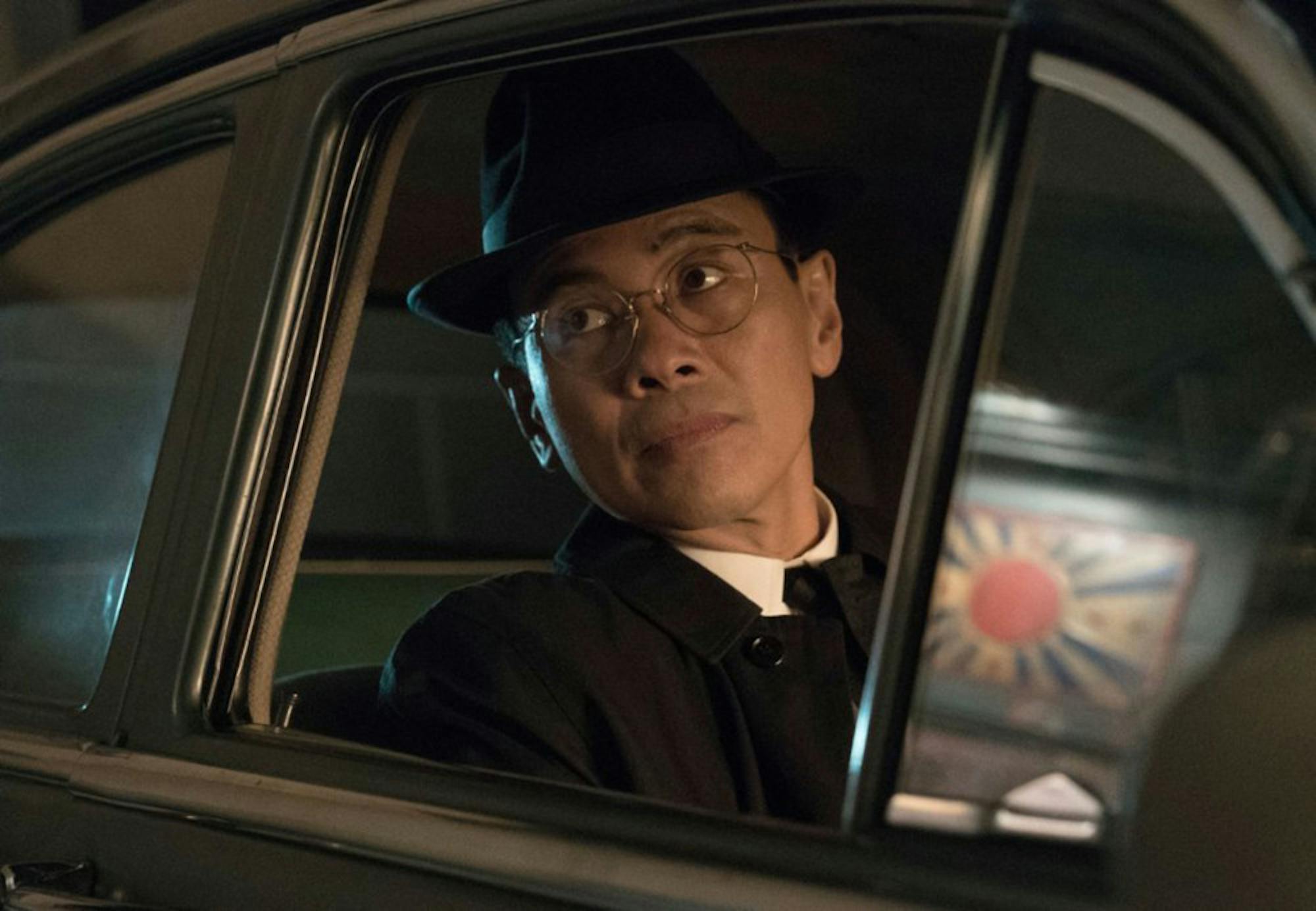What if Germany and Japan had won the second World War? Based on the portrayal of just such an alternate universe, Amazon’s new show, “The Man in the High Castle" shows how an Axis victory would have wrought superficial change to the land between the Atlantic and Pacific oceans.
The show, which was released on Nov. 20, is an adaptation of a book by the same name written by Philip K. Dick in 1962. The first episode is available for free through Amazon’s instant video service, and the rest of the season is available with an Amazon Prime membership.
In this world, the United States has been split into the Greater Nazi Reich (the East Coast and Midwest), the Japanese Pacific States (the West Coast) and the Neutral Zone (the Rocky Mountains), and while much is fundamentally the same as it would have been in 1950s America, things are amiss. Coming attractions in movies, for example, are replaced with propaganda, and friendly interactions between citizens are punctuated with “sieg heil.” This is 1962 in defeated America, and the country seems stuck in its war-time aesthetic, now embellished by the ruling cultures in their respective zones of influence.
A police officer (Ron Rogge) in the German partition helps a stranded trucker, Joe Blake (Luke Kleintank), and offers him a meal on a gray and rainy day. A tattoo on the officer’s arm is a remnant of his time fighting for the Americans, but, just above it, he wears a Nazi armband. When ashes begin to fall with the raindrops, he informs the confused trucker that this is a product of a nearby "hospital." Apparently not content to keep the dream of a “pure” race confined to Europe, Hitler’s government has extended its ethnic cleansing policies to its colony across the pond, disposing of all "weak" or "unwanted" peoples.
Blake’s counterpart at the other end of the continent is Juliana Crain (Alexa Davalos), an American living under Japanese rule on the eve of a visit from the royal family. Life in the Japanese Pacific States seems far more relaxed than that in its neighbor to the east, yet the show makes its viewers aware that the secret police are an ever-present force.
“The Man in the High Castle” is first and foremost a historical fiction experiment, incorporating equal amounts of historical content and imaginative creation. The German state’s flag is almost the stars and stripes, but a swastika has replaced the stars, while the Japanese state’s flag is an evolution of the rising sun in red, white and blue. Where this experiment in historical storytelling gets intriguing is in its incorporation of the real world, the viewer's reality, into its own. That is, when Juliana comes into possession of a newsreel showing Allied victories and Axis defeats, including VJ day (the show makes reference to a VA day in a discomforting twist), she begins to doubt the outcome of the war, as should viewers.
Not much more is revealed in the first hour-long episode. This first episode establishes what may well be the main conceit for the entire season (or series), yet it hardly seems like a whole episode was necessary to accomplish this set-up. Indeed, there are many moments where the action could have been compressed. For example, a montage backed by swelling music shows Juliana watching the newsreel over and over and over again but gives viewers hardly more than a few discordant glimpses of wartime footage, with the famous image of Churchill, Roosevelt and Stalin perhaps the only one of note. The sequence drags on for too long, only to be explained later with a succint explanation by Juliana’s boyfriend, Frank Frink (Rupert Evans).
In fact, dialogue seems to come second to the marvelous scene-building present in each frame. Much of the dialogue, especially that delivered by secondary characters, is trite and almost cringe-worthy at times. Sometimes, too, the metaphors employed in the imagery can be so thinly veiled that they fail to be thought-provoking and induce only eye-rolls.
The writers for “The Man in the High Castle” incorporate elements of various genres into the relatively short time span of the first episode. This season opener has elements of action, espionage, political intrigue, romance and, as noted before, historical fiction. If the writers are able to streamline the rest of the series, then this could all turn out very well for viewers; if not, however, the series could be a slog fest. Assuming the former, this show may be one of the few series that can bring fiction and non-fiction fans together with its fascinating concoction of historical content, analysis and dramatic embellishment.
Amazon's new historical fiction drama intrigues, blunders

Joel de la Fuente in "The Man in the High Castle."
Summary
This season opener has elements of action, espionage, political intrigue, romance and historical fiction. If the writers are able to streamline the rest of the series, then this could all turn out very well for viewers.
3 Stars





